
Culture becomes the new pillar of growth
According to data released by the National Bureau of Statistics of China (NBS), in the first nine months of 2025, the total operating revenue of major cultural enterprises reached nearly 10,960 billion yuan (equivalent to 1,550 billion USD), an increase of 7.9% over the same period last year.
More notably, the industry's overall profit increased by 14.2% to 909.3 billion yuan, clearly reflecting the growing profitability and investment scale.
The proportion of the cultural service industry accounts for more than 55.3% of total revenue, with an increase of 11.9%, showing a strong shift from producing cultural products to providing cultural services and experiences.
“Cultural services have played a strong supporting role for growth,” said Pan Xuhua, a statistician at the NBS, with businesses in this sector alone contributing 79.7% of total revenue growth.
In 2024, China's box office is expected to fall sharply by nearly 23% to 42.5 billion yuan (about 5.8 billion USD), due to fewer notable films, competition from streaming and weakened purchasing power.
Entering 2025, the Chinese film market witnessed a strong recovery. At the beginning of the fourth quarter, box office revenue exceeded the total revenue of the whole year of 2024, affirming the vitality of the industry after a period of stagnation.
Notably, domestic films continue to dominate, showing that the strategy of strengthening the "endogenous strength" of the Chinese film industry is working.
The highlight of the year was “Ne Zha 2” – an animation phenomenon that not only broke China’s box office history, but also rose to become the global leader in animation in March 2025, becoming a symbol of local content creation and production capabilities.
According to experts, the spectacular return of the Chinese box office comes from a more scientific organization and coordination of the release season: Focusing on "golden spots" such as Lunar New Year and National Day; prioritizing the release of films with strong domestic IP; combining festival effects, fan-meeting and selling souvenirs right in theaters.
Many cinema complexes are also transforming from “movie-watching places” to “cinema experience spaces”, competing directly with the home viewing trend.
According to the National Bureau of Statistics of China, cultural services alone accounted for 55.3% of the revenue of major cultural enterprises in the first nine months of 2025 and contributed 79.7% to the overall growth, showing that the film industry and related creative services are becoming a key driving force of China's cultural economy .

The breakthrough of new business model
One of the bright spots in China's cultural industry is the rise of business models based on digital technology and content creation.
Revenue from new industries such as digital publishing, online advertising, video games, and short video platforms increased by 14.1% to nearly 4.89 trillion yuan, twice as fast as the overall growth rate.
China has quickly positioned “digital culture” as the focus of its cultural industry development strategy until 2035, combining investment in technology infrastructure and nurturing creative human resources.
National cultural industry centers such as Shanghai, Guangzhou, Beijing, Suzhou, and Hangzhou all focus on creative design, film, music, games, and cultural e-commerce.
In particular, Hangzhou - the hometown of Alibaba (China's giant e-commerce group, considered one of the world's leading platforms) has built a Digital Cultural Industrial Park.
This area brings together thousands of creative startups, creating a closed ecosystem from production, distribution to cultural consumption.
The combination of technology businesses and the cultural industry is fundamentally changing the way value is created, from material products to knowledge and experience products in the country of a billion people.
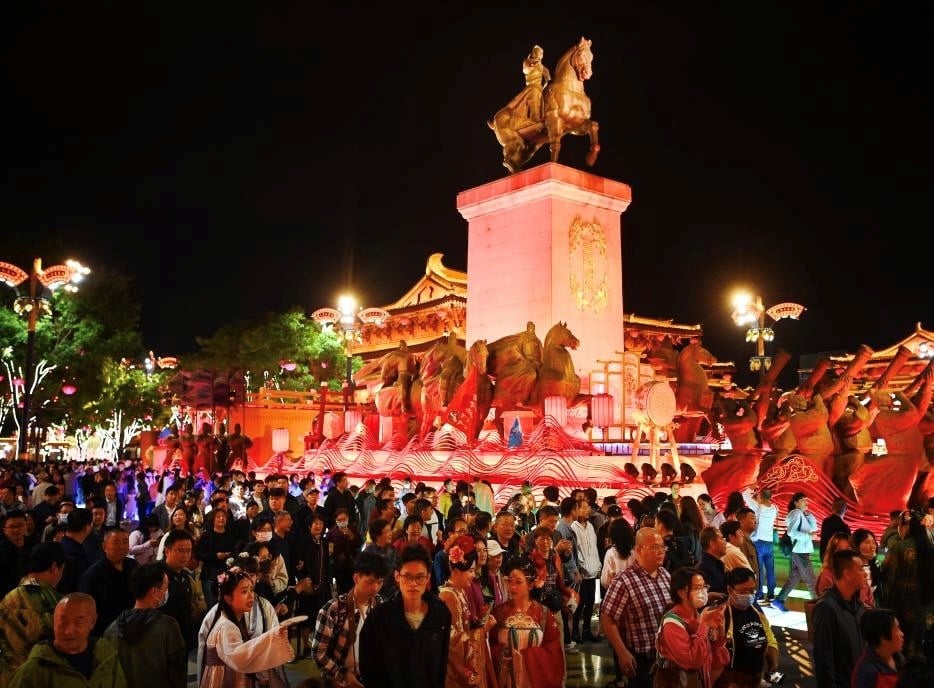
“Culture - Technology - Tourism” model: Expanded value chain
In the map of China's cultural industry, the three localities of Xi'an, Beijing and Guangdong are becoming "model highlights" for how technology, creativity and heritage operate together in a new value chain: Culture - tourism - digital economy.
Each place is an example and living proof that culture, when properly invested in, can become an economic sector that brings profit and national pride.
In Xi'an - the thousand-year-old capital of China, "Tang culture" has been revived in the space of the Tang Buye Cheng and Tang Paradise, complexes designed like giant film sets combining live performances, 3D lighting and virtual reality technology.
Visitors can both “watch” history and truly “step into” history, immersing themselves among hundreds of actors dressed in ancient costumes, laser lights simulating lanterns, and royal court music echoing to the rhythm of the lights.
According to the Xi'an Culture and Tourism Bureau, the city will welcome 306 million visitors in 2024, generating 376 billion yuan in revenue, making Xi'an one of the cultural destinations with the largest tourism revenue in China.
Economic experts say the “Tang culture - night economy” strategy has helped Xi’an transform from a quiet historical city into a vibrant “tourist film set” where every street is an experience and every evening is a performance.
What is special is that tourists are willing to spend more on souvenirs, cuisine and virtual reality experiences. Local authorities not only preserve heritage, but also create an environment for private enterprises to develop innovative service models, turning “ancient culture” into “modern revenue”.

Meanwhile, in the capital Beijing, the cultural industry does not lie in grand shows, but exists in the way museums operate and communicate with the public.
The Forbidden City - a heritage site over 600 years old - has completed the process of digitizing its huge collection of artifacts, building a "knowledge graph", helping viewers access information by voice or image.
The National Museum of China (NMC) launched an AI tour guide powered by Tencent and Baidu technology, allowing visitors to take photos of artifacts, ask questions, and receive instant personalized feedback.
The AI - big data - cloud system is also used to manage crowds, analyze visitor behavior, ensure safety and optimize the experience journey.
According to the Beijing Culture Forum 2025, Beijing museums now welcome more than 200 million visitors a year, of which more than 40% use digital services.
AI not only helps reduce the workload for tour guides, but also opens up creative space for young people who prefer to "learn by interaction" rather than "read through books".
Beijing has demonstrated that, when data becomes the foundation for experience, heritage is no longer something to display, but a living treasure to be talked about and explored.
If Xi'an is a "historical film set", Beijing is a "smart museum", then Guangdong has chosen to turn the city into a stage.
In Guangzhou, two annual events: the International Light Festival and the Strawberry Music Festival have become “cultural brands” associated with urban tourism.
The 2024 International Light Festival was held at Huacheng Square, Haixinsha and Canton Tower, bringing together 36 light artworks and a 360-degree projection system around the Pearl River.
Millions of residents and tourists flock to the city center, turning Guangzhou into “the world's largest outdoor light museum.”
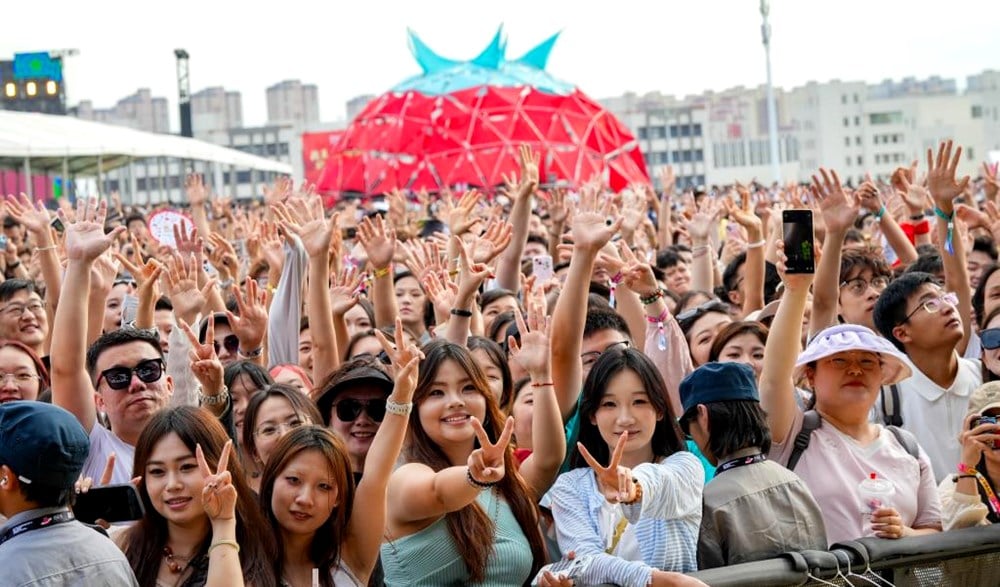
Strawberry Music Festival 2025 attracted more than 30,000 spectators on its opening night, generating hundreds of millions of yuan in revenue from tourism, accommodation and catering services.
Such “creative festival seasons” have helped Guangdong transform its economy towards “culture - consumption - technology - entertainment”, in the spirit of Cultural Industry 4.0.
Chinese cultural managers emphasize that it is the connection between public space, artistic creation and young generation consumption needs that has created a “new growth cycle” for the cultural industry, something that major centers such as Guangzhou, Shenzhen and Foshan are replicating.
China has demonstrated that culture can be a driver of economic growth if viewed as a modern industry, not just a relic of the past.
Lessons from neighboring countries show that: To build a sustainable cultural industry, Vietnam needs long-term policies, strong investment in digital infrastructure and especially nurturing creative people - the "vital energy" of the future cultural economy.
Source: https://baovanhoa.vn/van-hoa/buoc-tien-chien-luoc-tren-ban-do-kinh-te-sang-tao-toan-cau-178298.html


![[Photo] Prime Minister Pham Minh Chinh attends the 5th National Press Awards Ceremony on preventing and combating corruption, waste and negativity](https://vphoto.vietnam.vn/thumb/1200x675/vietnam/resource/IMAGE/2025/10/31/1761881588160_dsc-8359-jpg.webp)



![[Photo] Da Nang: Water gradually recedes, local authorities take advantage of the cleanup](https://vphoto.vietnam.vn/thumb/1200x675/vietnam/resource/IMAGE/2025/10/31/1761897188943_ndo_tr_2-jpg.webp)

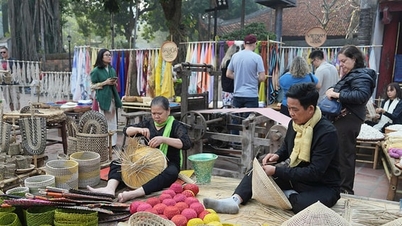



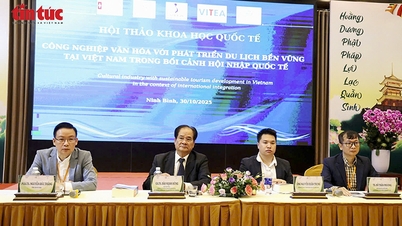

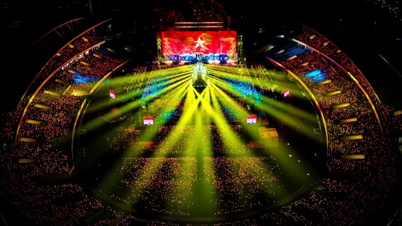

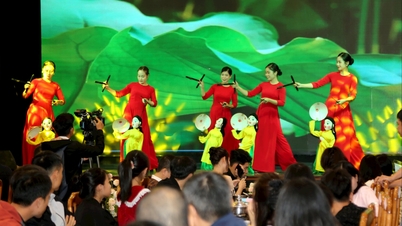

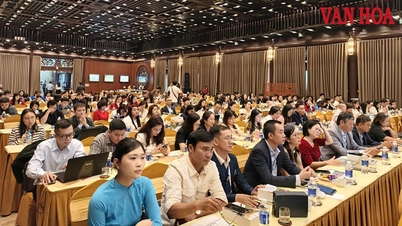


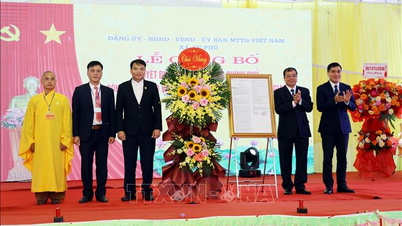

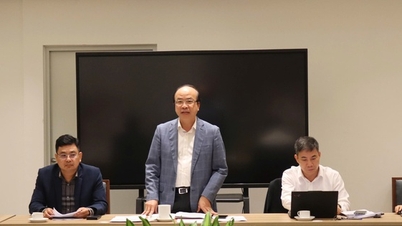

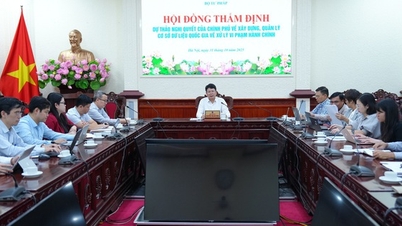
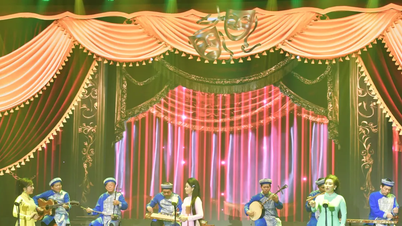

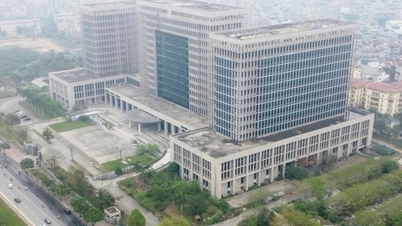














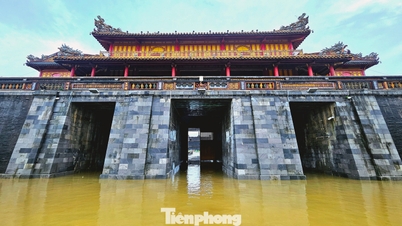














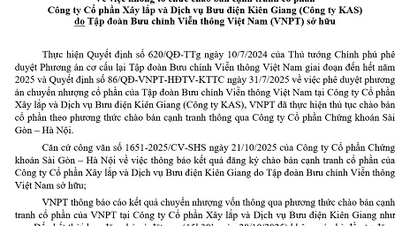


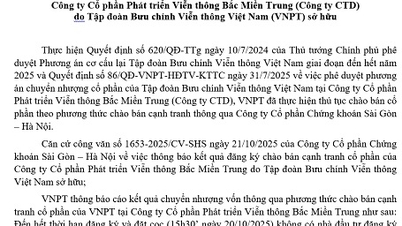
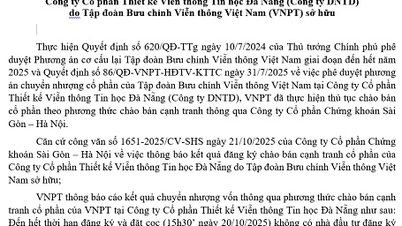







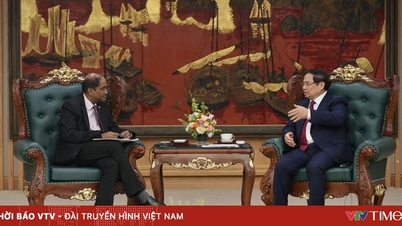

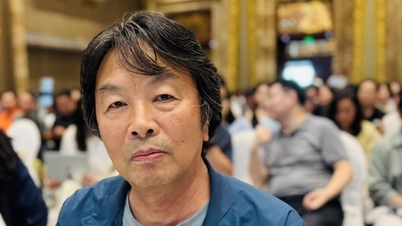

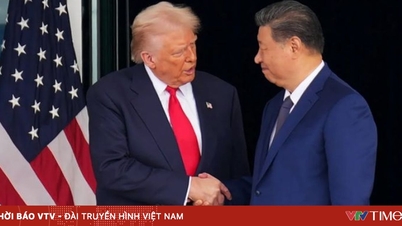
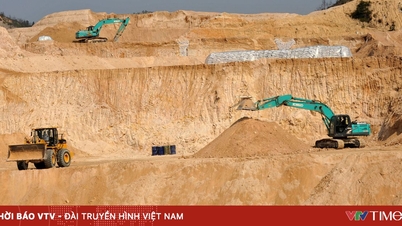



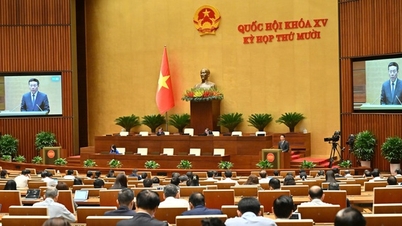

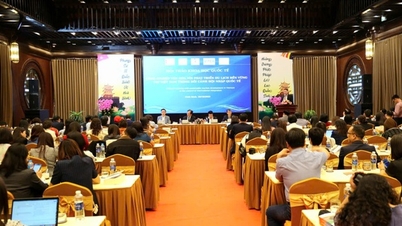
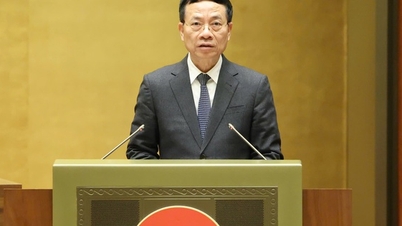
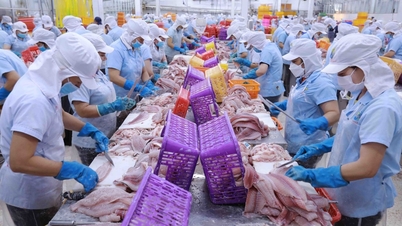
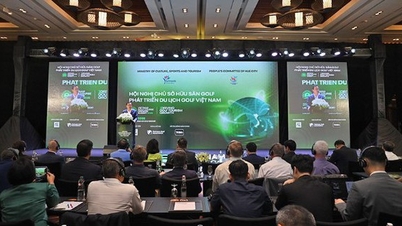
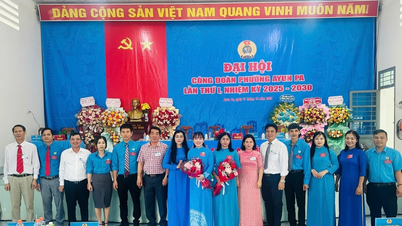








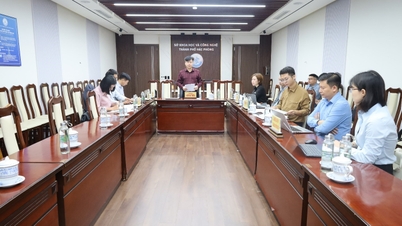














Comment (0)